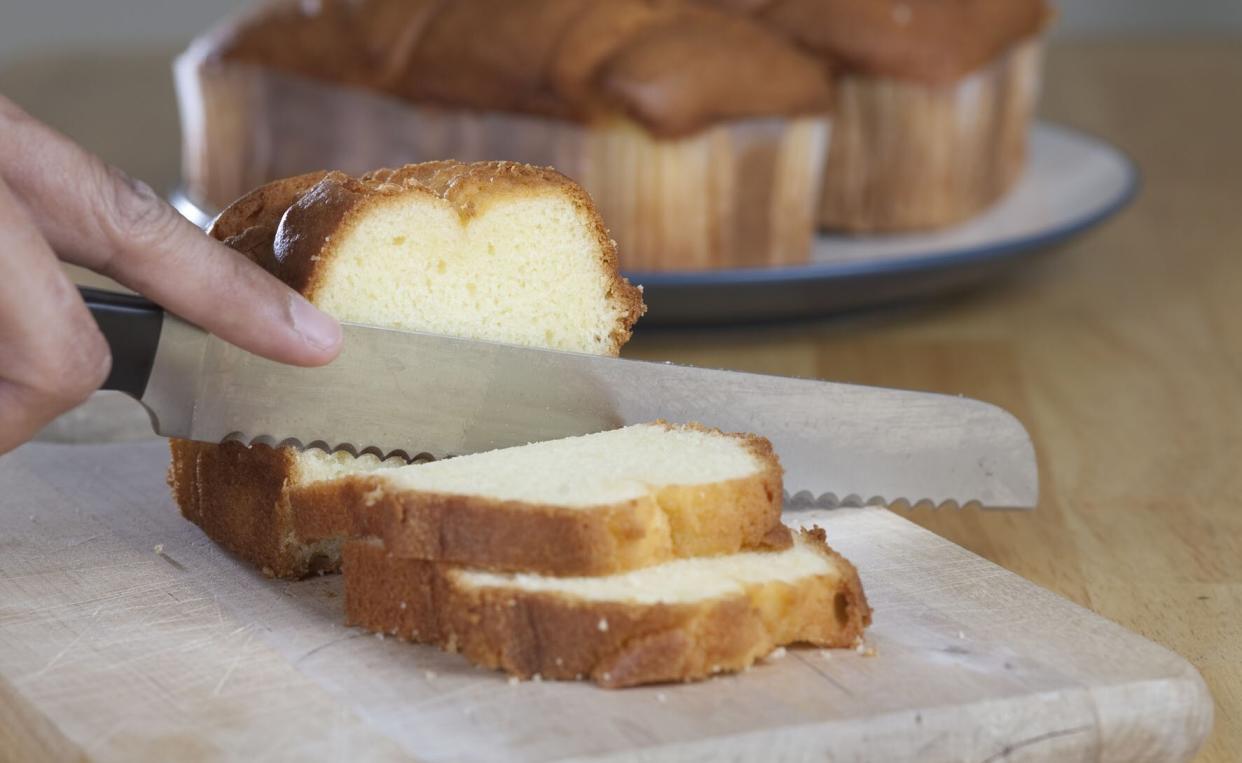Are You Supposed To Sharpen Your Serrated Bread Knife?

Getty Images/joeygil
Sharpening your knives is just about as appealing of a chore as, say, re-seasoning your cast-iron skillet or dusting the fan blades. It doesn't take long to accomplish, but it is oh-so tempting to put off until you can absolutely wait no longer. While usually the suspects that need sharpening are the big kitchen knives that are used to mince and chop, there might be another that needs your attention every now and then: the bread knife.
Serrated knives have a very specific job in the kitchen, which is to slice. That happens to mean that you're not necessarily using it quite as often as your go-to all-purpose knife, unless you're an avid breadmaker. In that case, kudos! So the real question is, should you be sharpening your serrated bread knife just like your other knives? The answer is two-fold.
Yes, a serrated knife can and should be sharpened. However, it does not need to be sharpened nearly as often as your multipurpose chef knives. Since the pointed teeth do most of the work when using a serrated knife—and you're generally not using it daily or even weekly for some home cooks—it doesn't wear down as quickly. When a serrated knife starts becoming dull, it'll require more downward pressure and movement to get the job done. You'll notice way more crumbs than there usually should be. It might even slip off the bread altogether! Here's what to do if you realize your serrated knife need some attention.
How To Sharpen a Serrated Bread Knife
The process actually does not differ too much than when sharpening your other kitchen knives, primarily in that you're able to use the same sharpening rod, but just in a different way. Since the pointed teeth make it impossible to drag the length of the blade along the rod, you have to instead sharpen the individual serrations, one by one. Simply drag the sharpening rod in one direction in between each serration. A few passes per section should be sufficient. You must repeat for each tiny serration, of which there are usually at least 30.
The drawback? It can be more time-consuming than sharpening a regular kitchen knife. The positive note? You'll be slicing through that fresh sourdough from the farmers' market or your homemade banana loaf as smoothly as cutting through butter.

